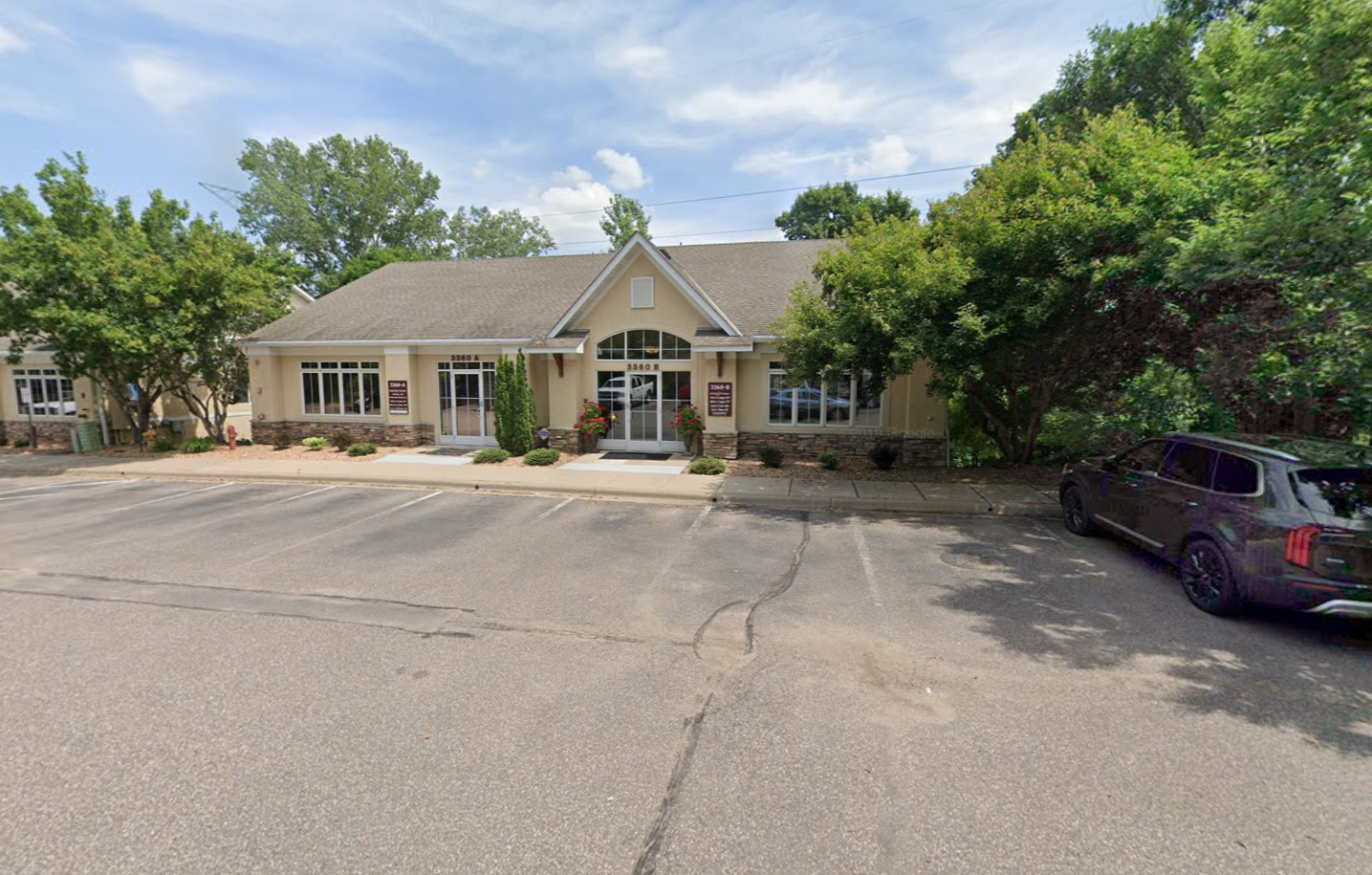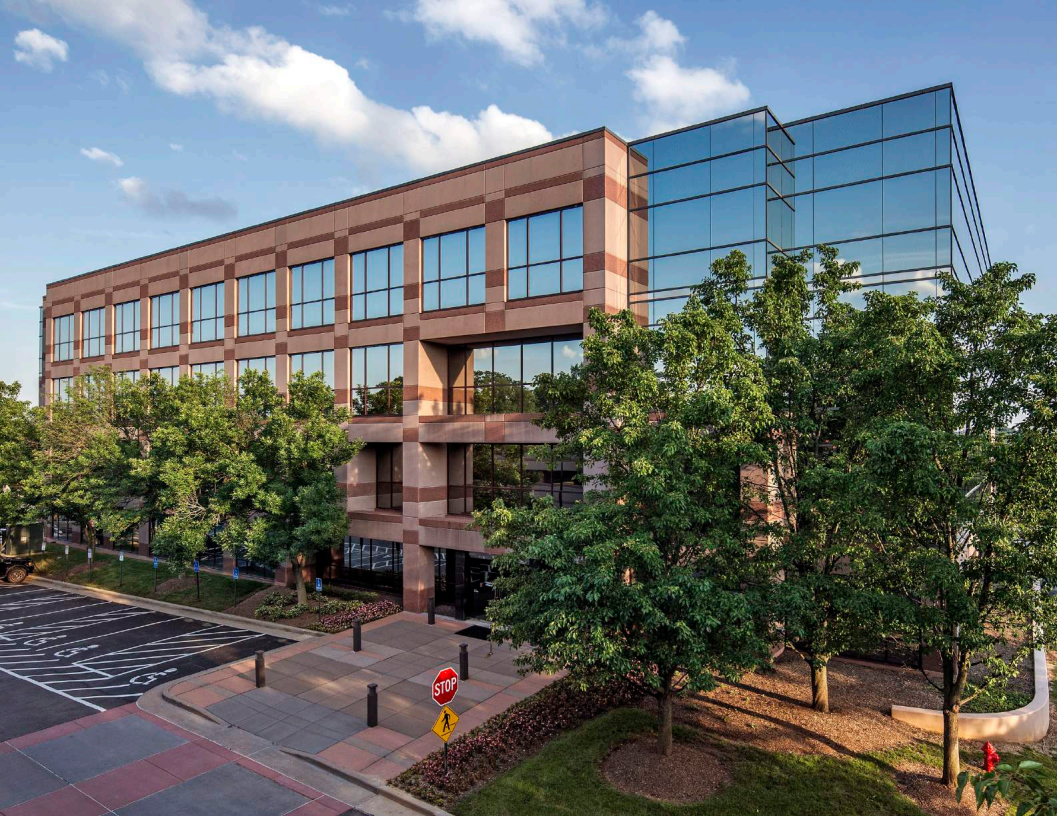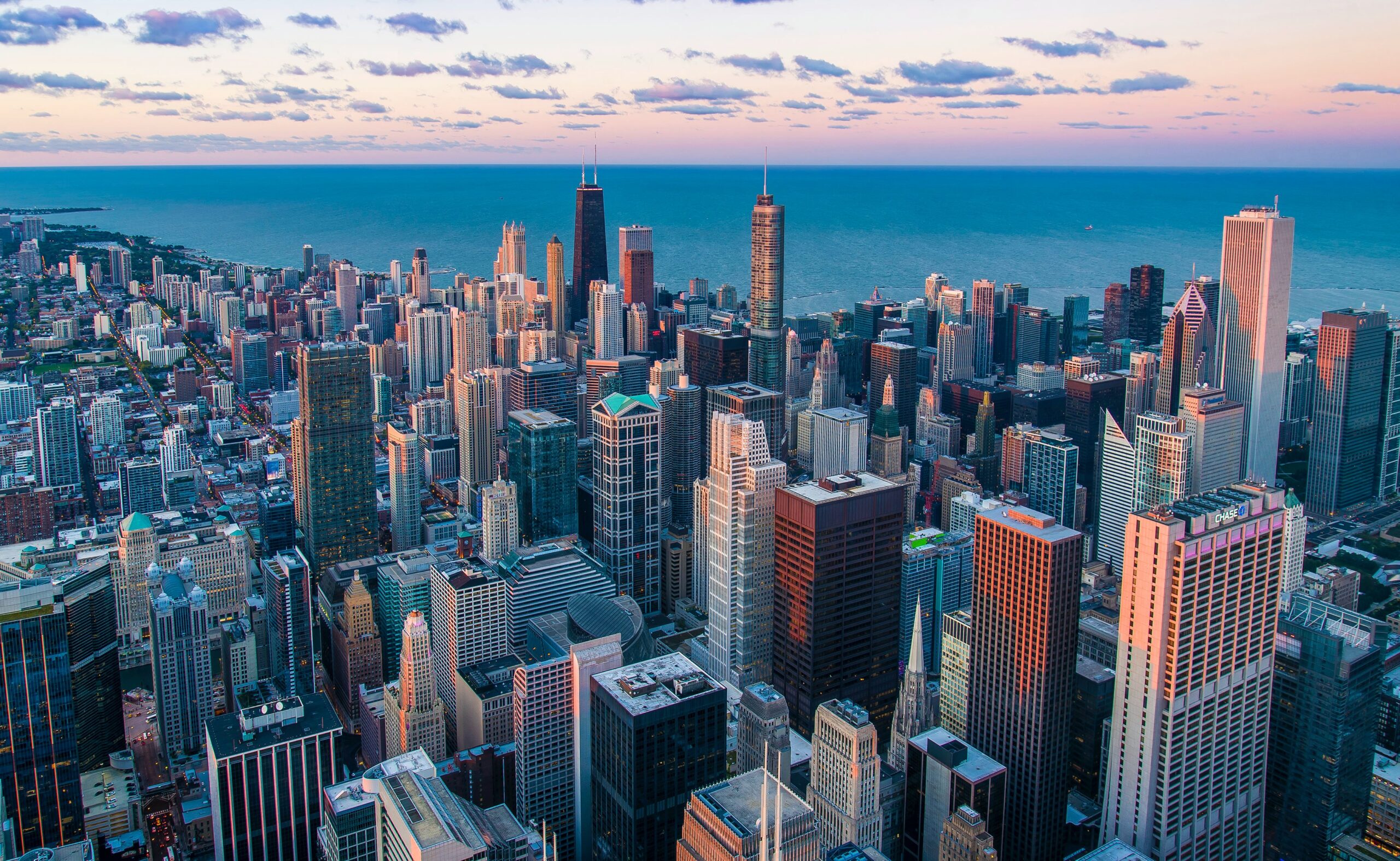News
What a Weekend for the Banks
Posted on March 14, 2023
This past weekend, the FDIC took control of Silicon Valley Bank (SVB)[1] and Signature Bank[2]. Larson has no assets held with either of these institutions, and there is no direct impact to Larson from these bank failures or the FDIC’s actions.
Situations like these can be confusing, but our professional experience and understanding of banking and the current state of regulation can help provide a better understanding of SVB’s circumstances and their limited reach.
The federal government is taking action to ensure depositors can access their funds, even if the account balances exceeded the FDIC-insured amount of $250,000. President Biden said in his press conference Monday, “Americans can have confidence that the banking system is safe. Your deposits will be there when you need them.”
Larson founder and CEO, Paul Larson says, “We want to reiterate that it is wise to keep less than $250,000 in a cash account, and instead use other investment vehicles not held directly at banks to diversify and protect your assets.” The FDIC insures deposits up to $250,000 per depositor, per insured bank, for each ownership category.[3] This means that deposits over this amount are not guaranteed. In this case with SVB and Signature Bank, all deposits will be protected, but it’s best practice to spread deposits to several banks if your balance exceeds $250,000.
Larson Chief Investment Officer Michael Robbins remarked, “SVB is different from most banks because their specialized and unusual clientele consisted mostly of tech firms and venture capitalists. Most banks have a broader client base, and many tech firms require interest rates to be low to be successful. When interest rates go up, their clients stopped making deposits—making SVB doubly exposed to rising rates. SVB had to dip into their assets that weren’t priced at current low levels for accounting purposes, and they took a huge loss by realizing accurate valuations when they were converted from ‘held for investment’ to ‘available for sale.’”
Robbins further added that because SVB was exposed to this special demographic in an exceptional and important way,[4] “This was likely an isolated event that our clients should not have to worry about in regard to the overall economy.” Specifically, the new Bank Term Funding Program (BTFP) which was announced on Sunday now allows banks to borrow from the federal reserve at the par value of their collateral, not the marked-to-market value. This provides relief to banks who need to reclassify held for investment assets to available for sale.
During the recent low-interest rate environment, the thriving tech sector increased deposits to SVB. A significant portion of those cash reserves were then invested into low-risk long-term government bonds. However, the value of those bonds started to decrease after the recent interest rate hikes by the federal reserve.
From NPR, “Those rate hikes came just as there was contraction in funding for startups. Tech companies were spending company cash fast, and they were having a hard time replenishing the funding in the face of a challenging fundraising market.”[5] Even companies capable of securing financing were forced to pay higher rates of interest, disrupting their fragile business models that relied on cheap money.
That, in turn, led to startups saving less money in Silicon Valley Bank, starving SVB of the capital they required. This forced the lender to sell part of its bond holdings, triggering an accounting rule that caused them to report a steep loss of $1.8 billion.
The announcement of the bond sale sparked more depositors to pull out their funds. Signature Bank then withdrew more than $10B in deposits, prompting the federal government to protect depositors.
Larson advisors focus on creating long-term solutions through diverse portfolios and holistic financial planning. Our experience shows that when confusing situations like these arise, our resources give clients reassurance and comfort.
These circumstances should be viewed as an opportunity to review your financial plan with your advisor and go over your current portfolio holdings. Contact us today to schedule your next check in.
[1] “FDIC Creates a Deposit Insurance National Bank of Santa Clara to Protect Insured Depositors of Silicon Valley Bank, Santa Clara, California.” FDIC.gov, 10 March 2023. https://www.fdic.gov/news/press-releases/2023/pr23016.html
[2] FDIC Establishes Signature Bridge Bank, N.A., as Successor to Signature Bank, New York, NY.” FDIC.gov, 12 March 2023. https://www.fdic.gov/news/press-releases/2023/pr23018.html
[3] “Deposit Insurance At A Glance.” FDIC.gov, 13 September 2022. https://www.fdic.gov/resources/deposit-insurance/brochures/deposits-at-a-glance/
[4] Both SVB and Signature had an extremely large number of uninsured depositors (more than 90%). Signature and Silvergate were highly exposed to cryptocurrencies.
[5] Allyn, Bobby and Gura, David. “The U.S. takes emergency measures to protect all deposits at Silicon Valley Bank.” NPR.org, 13 March 2023. https://www.npr.org/2023/03/12/1162975615/the-u-s-takes-emergency-measures-to-protect-all-deposits-at-silicon-valley-bank

Find An Advisor.
Knoxville
Visit Office Page >Shreveport, LA
Visit Office Page >425 Ashley Ridge Blvd
suite 320
Shreveport, LA 71106
United States
Fulton, MD
Visit Office Page >Brookfield, WI
Visit Office Page >Colorado Springs
Visit Office Page >102 S Tejon St
Colorado Springs, CO 80903
United States
Advisors
Dallas, TX
Visit Office Page >San Diego, CA
Visit Office Page >Colorado
Visit Office Page >250 Fillmore St
suite 150
Denver, CO 80206
United States
Advisors

Oakmont Financial
Visit Office Page >6580 Oakmont Dr
suite b
Santa Rosa, CA 95409
United States
Advisors
Denver, CO
Visit Office Page >250 Fillmore St
suite 150
Denver, CO 80206
United States
Advisors
Work Optional
Visit Office Page >3360b Annapolis Ln N
Plymouth, MN 55447
United States
Advisors

St. Charles
Visit Office Page >1012 1st Capitol Dr
St Charles
Saint Charles, MO 63301
United States
Advisors

Intrua Amarillo
Visit Office Page >5601 I-40
suite 202
Amarillo, TX 79106
United States

Intrua Dallas
Visit Office Page >15660 Dallas Pkwy
suite 860
Dallas, TX 75248
United States

Intrua Wichita Falls
Visit Office Page >2304 Midwestern Pkwy
suite 205
Wichita Falls, TX 76308
United States

T.A. Ohlms
Visit Office Page >2101 Bluestone Dr
Suite 106
Saint Charles, MO 63303
United States

Rochester
Visit Office Page >
Omaha
Visit Office Page >2606 N Main St
suite 100
Omaha, NE 68022
United States
Advisors

Minneapolis North
Visit Office Page >6160 Summit Dr N
Suite 580
Minneapolis, MN 55430
United States
Advisors

Indianapolis
Visit Office Page >10475 Crosspoint Blvd
Suite 115
Indianapolis, IN 46256
United States
Advisors

Larson Capital Management
Visit Office Page >14567 N Outer 40 Rd
suite 500
Chesterfield, MO 63017
United States
Advisors

Lakeland
Visit Office Page >65 Lake Morton Dr
Lakeland, FL 33801
United States
Advisors

Kansas City
Visit Office Page >7500 College Blvd
Suite 500
Overland Park, KS 66210
United States
Advisors

Jacksonville
Visit Office Page >10151 Deerwood Park Blvd
building 200 suite 250
Jacksonville, FL 32256
United States
Advisors

Intrua Headquarters
Visit Office Page >3737 Buffalo Speedway
suite 400
Houston, TX 77098
United States
Advisors

St. Louis Headquarters
Visit Office Page >100 N Broadway
suite 1700
St. Louis, MO 63102
United States
Advisors

Great Lakes Regional Headquarters
Visit Office Page >7230 Engle Rd
suite 300
Fort Wayne, IN 46804
United States
Advisors

Fort Wayne
Visit Office Page >4105 W Jefferson Blvd
suite 3
Fort Wayne, IN 46804
United States
Advisors

Raleigh-Durham
Visit Office Page >
Waterloo Office
Visit Office Page >
Coconut Creek
Visit Office Page >
Chicago
Visit Office Page >233 S Wacker Dr
suite 8400
Chicago, IL 60606
United States

Filter By Office
Explore Industry Headlines
Stay up-to-date on the latest stories affecting the financial sector and your investments.






